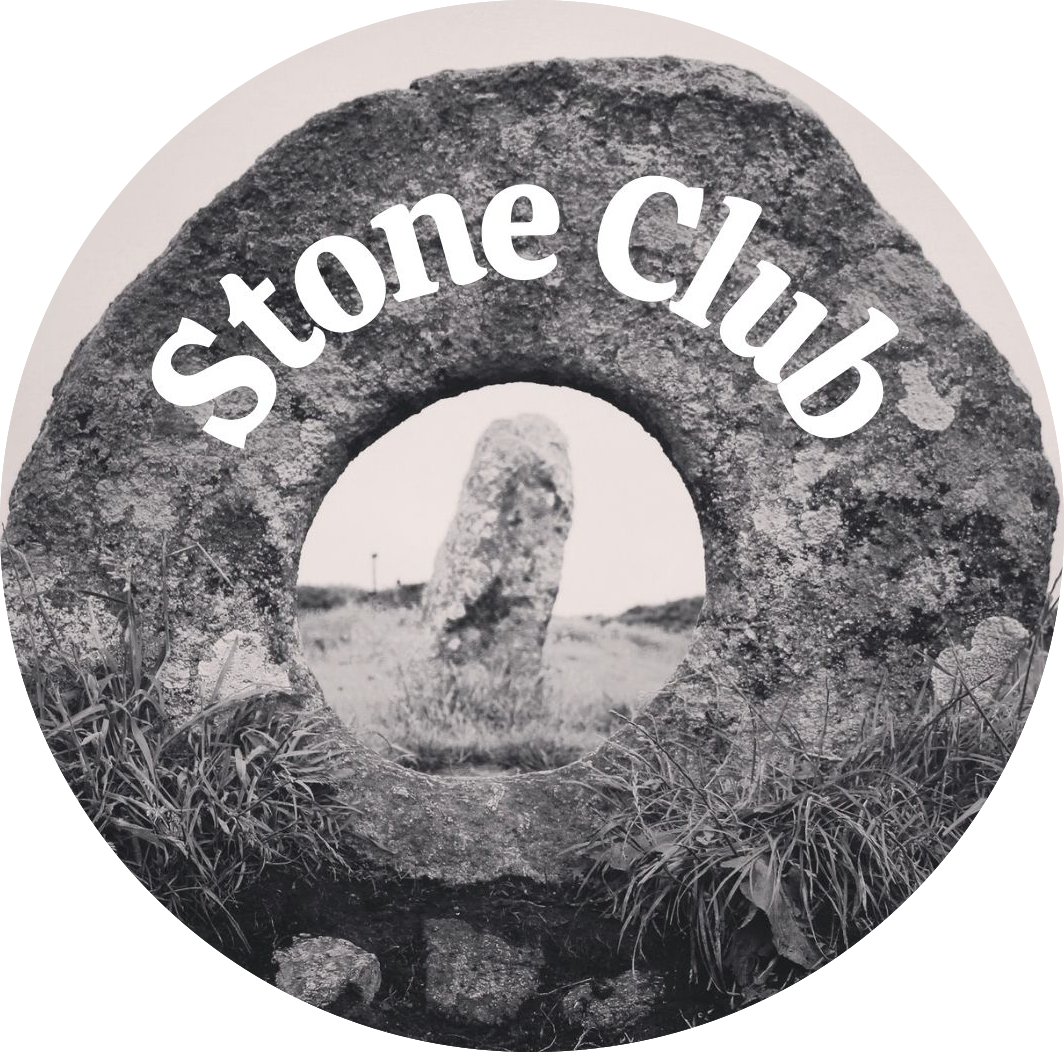Dr Emily May Armstrong (Member no: 860)
The Duddo Stones
A permissive footpath cuts along a field boundary with hedges of Hawthorne and Beech, before slicing through the top field to the Rigg. Bring hay fever tablets and good shoes
The Duddo Stones have stood on Grindon Rigg in Northumberland for at least 4000 years. Just below the Scottish border, the Cheviots sit due south, and the Lammermuir hills to the north. You can see both on a clear day.
A permissive footpath cuts along a field boundary with hedges of Hawthorne and Beech, before slicing through the top field to the Rigg. Bring hay fever tablets and good shoes. And snacks for the top.
The five stones (one resurrected in the early 1900s to add “completeness”) are local sandstone, each etched with deep and weathered water run-tracks. You’d be forgiven for thinking they’d been slashed at by unknown and unthinkable animals. These fissures are said to sing when the wind hits them just so. The tallest stands at 2.3 metres, and the circle itself is 10 metres in diameter.
The Duddo stones have carried many names, “the ladies”, and the “seven turnip pickers” being the most common locally. Curious as to why “seven” when there were only five stones, an archaeological dig in the 1800s revealed two empty sockets - revealing the name reflected the circle’s intended form. They look toothlike at the top of the rigg.
Sandstone’s natural weathering patterns raises questions about if some of the cup and ring marks are naturally occurring or intentional. Cup marks (or petroglyphs) of these types are found across the northern seaboard of Europe - while similar forms are found globally. These marks are usually found on flat stones in low-lying locations. They seem to follow the natural pathway of the landscape, maybe as way markers.
You can find the stones here: 55°41’12”N 2°06’43”W”




